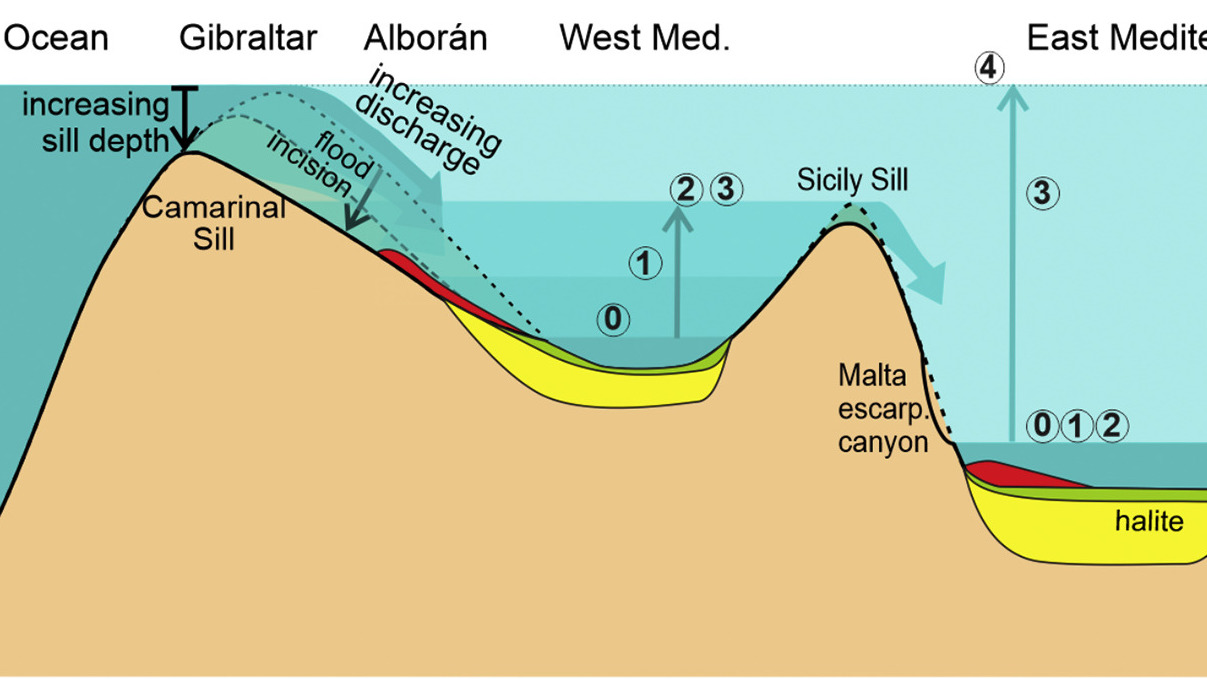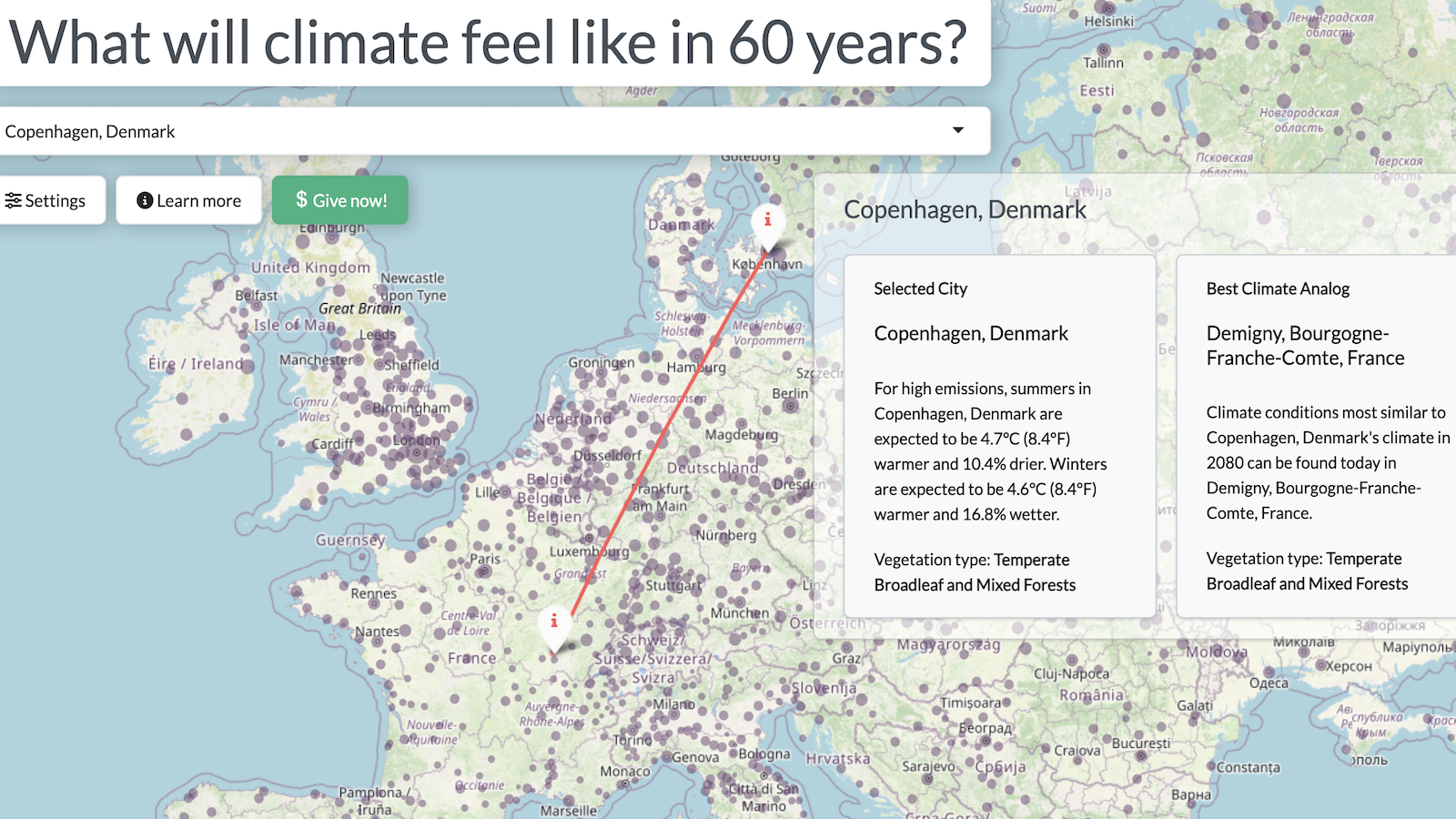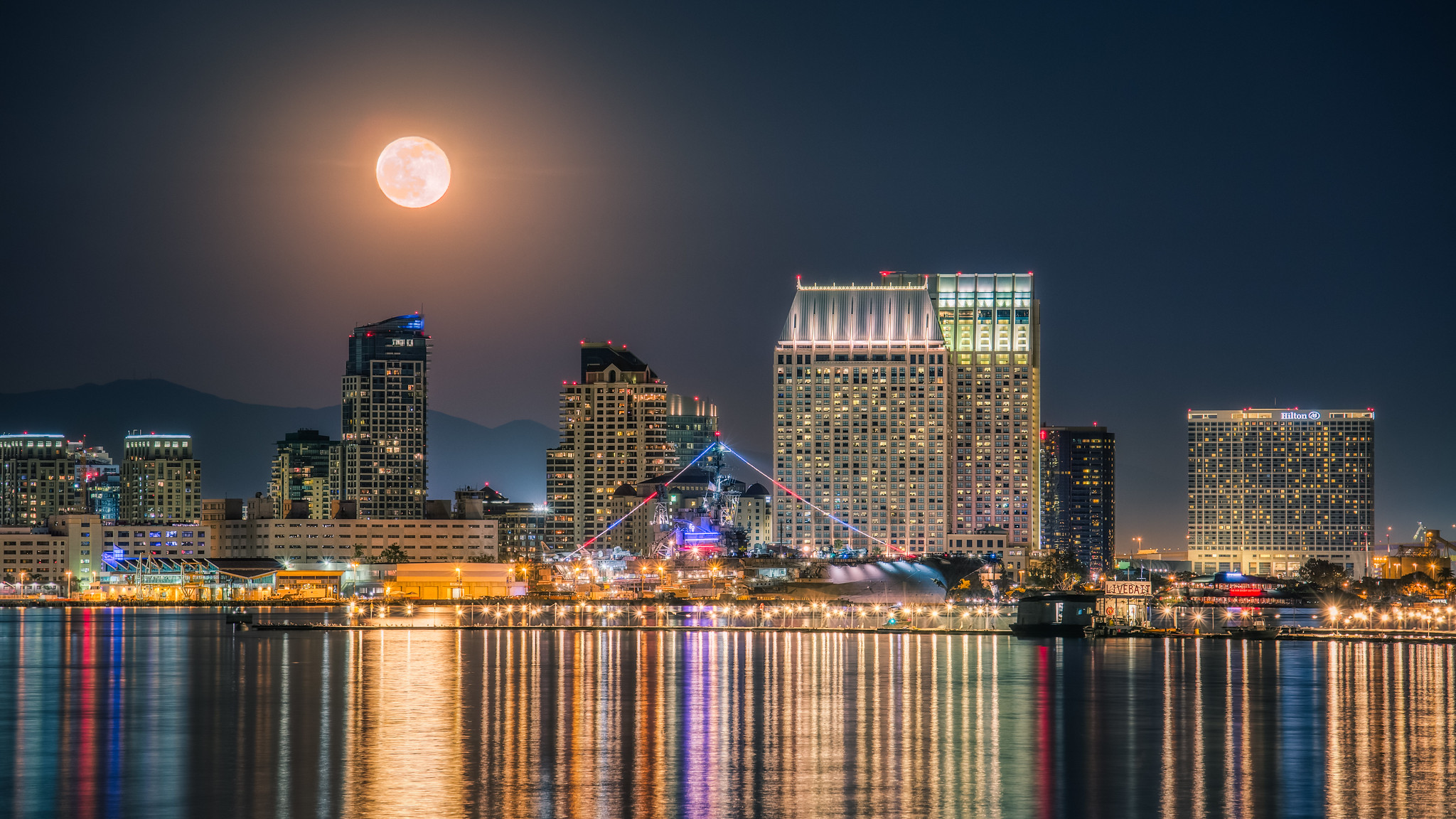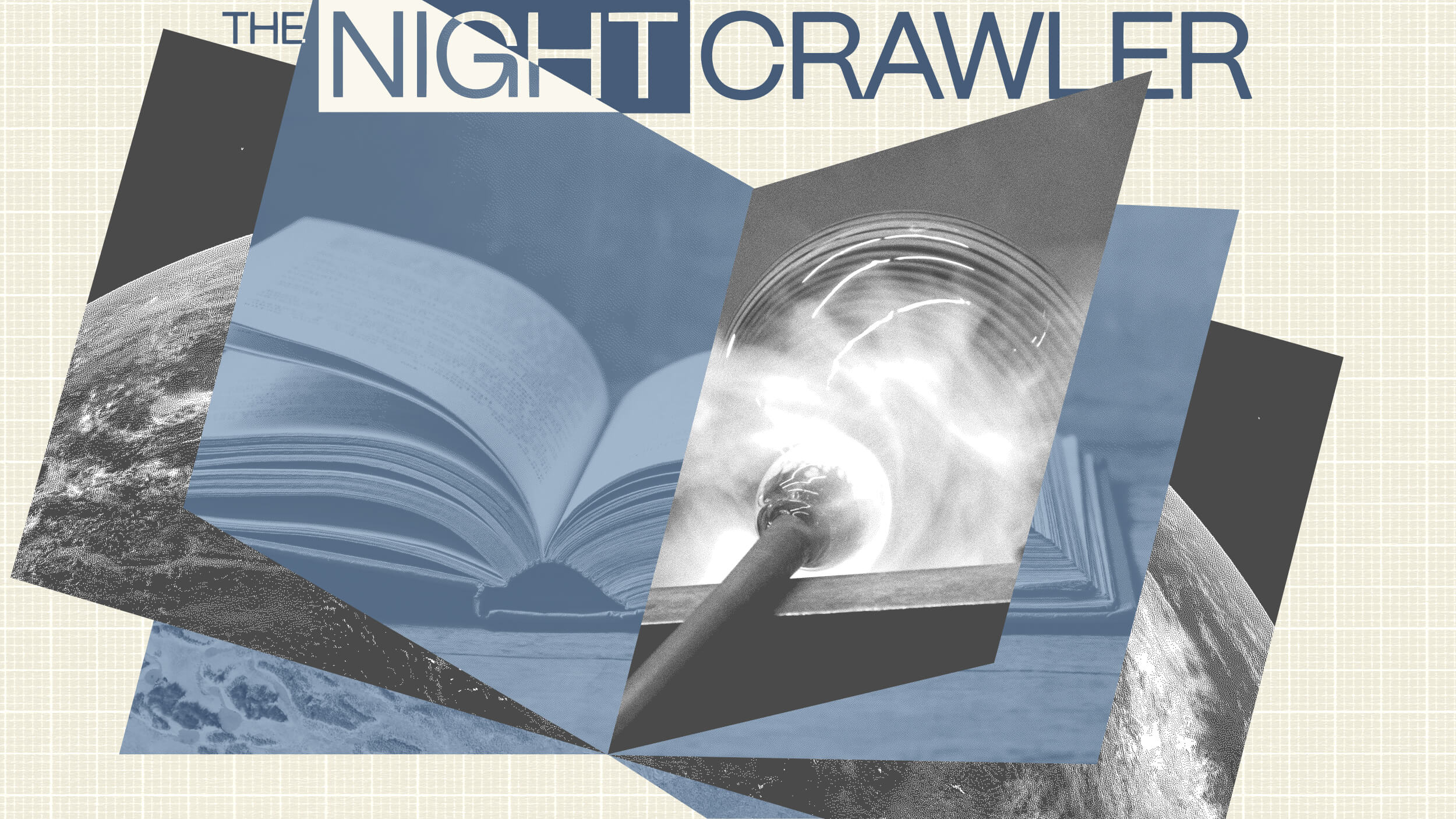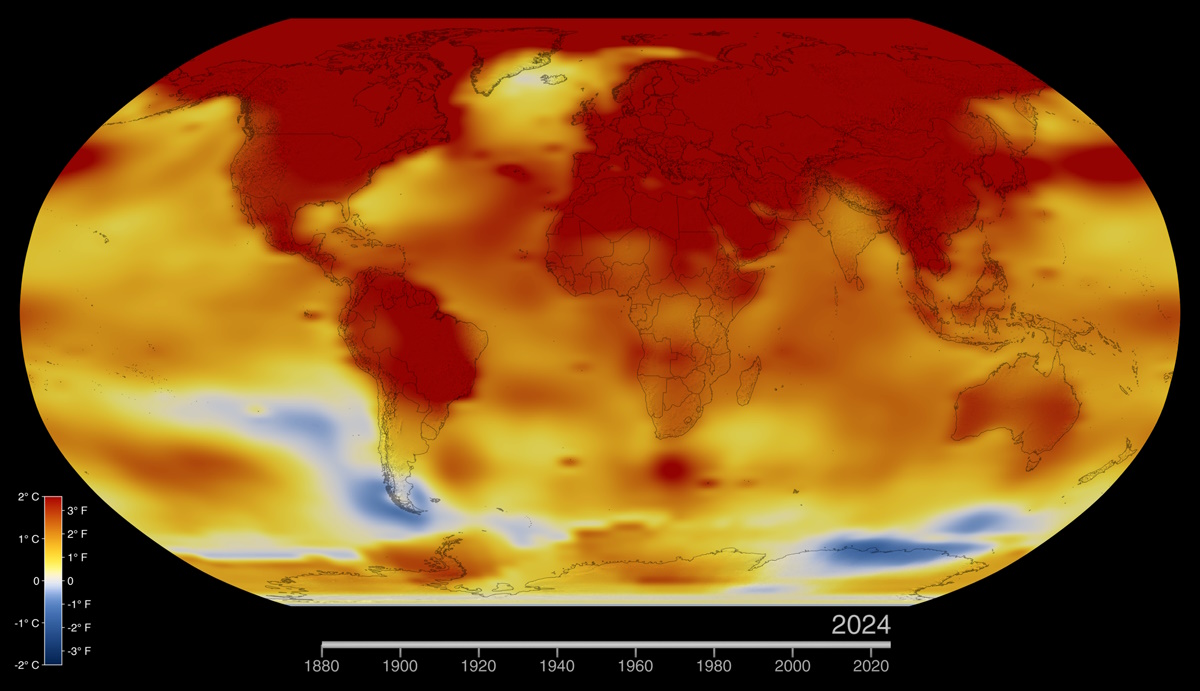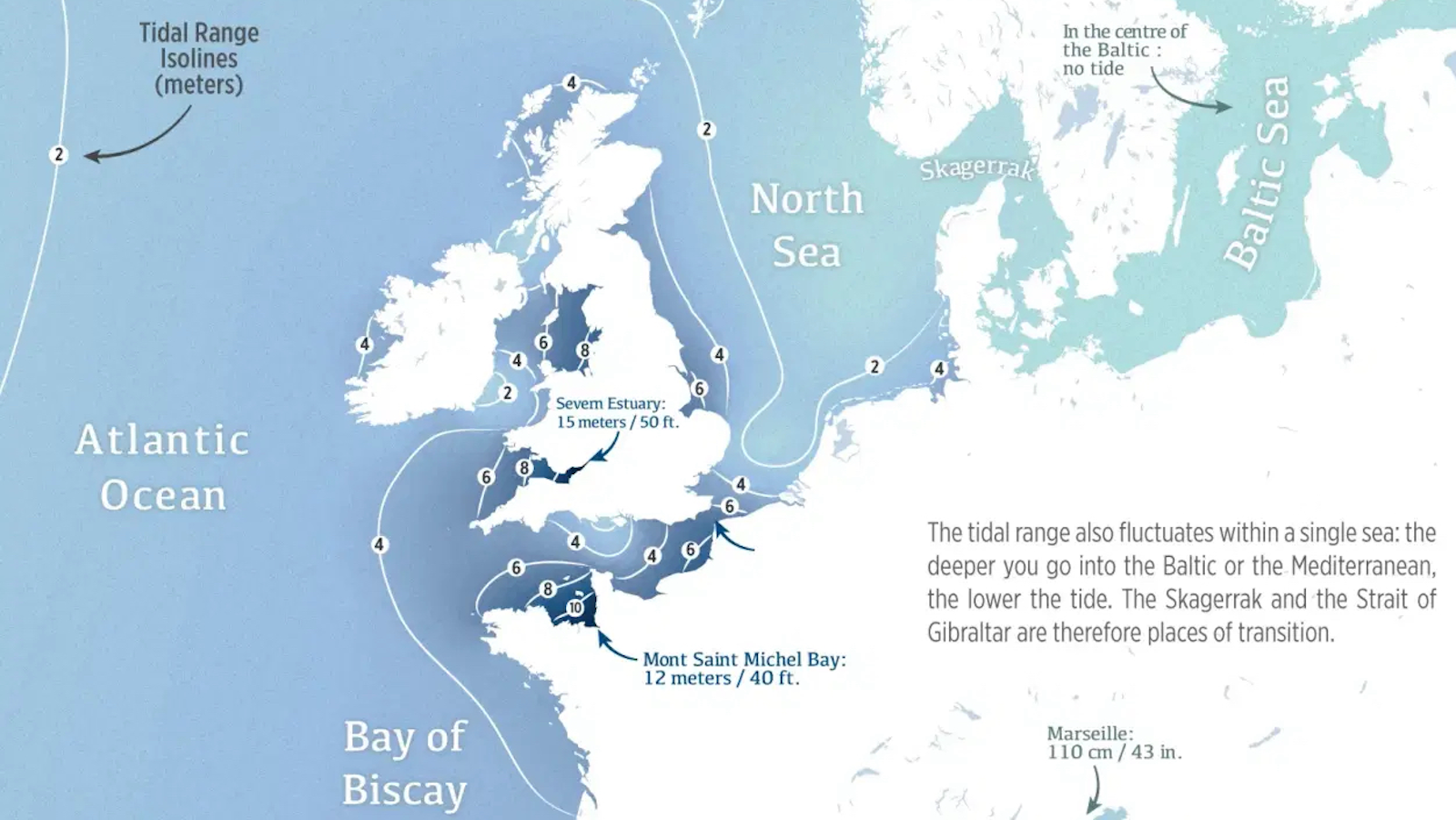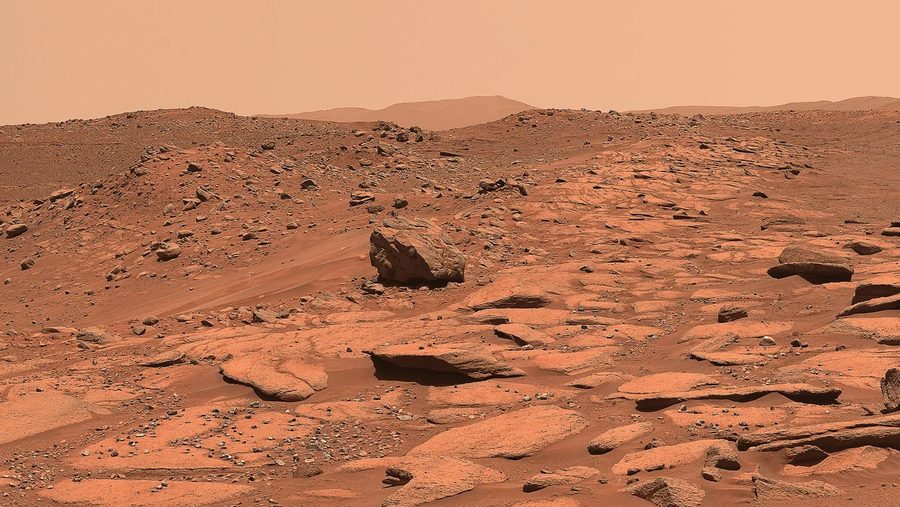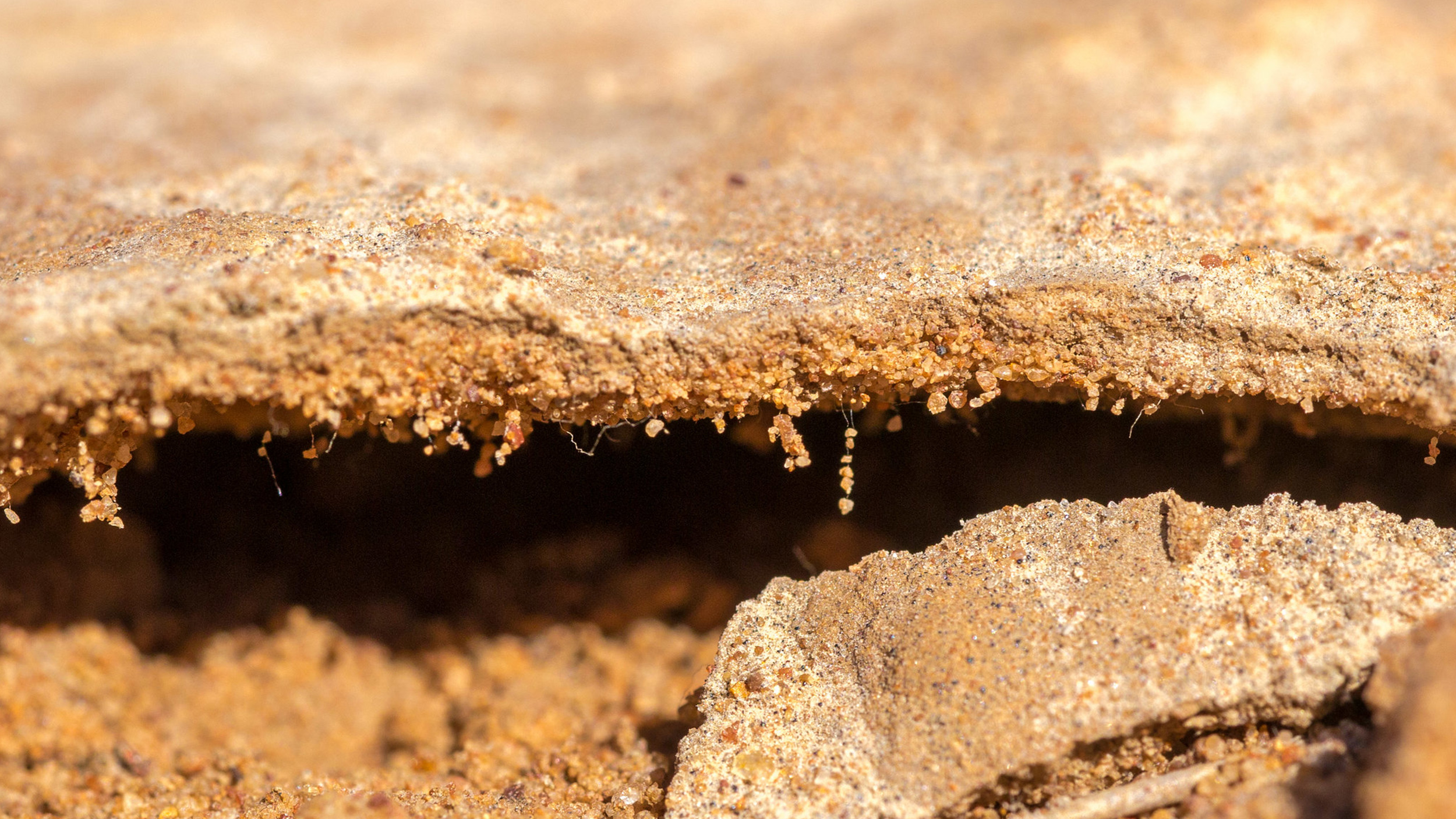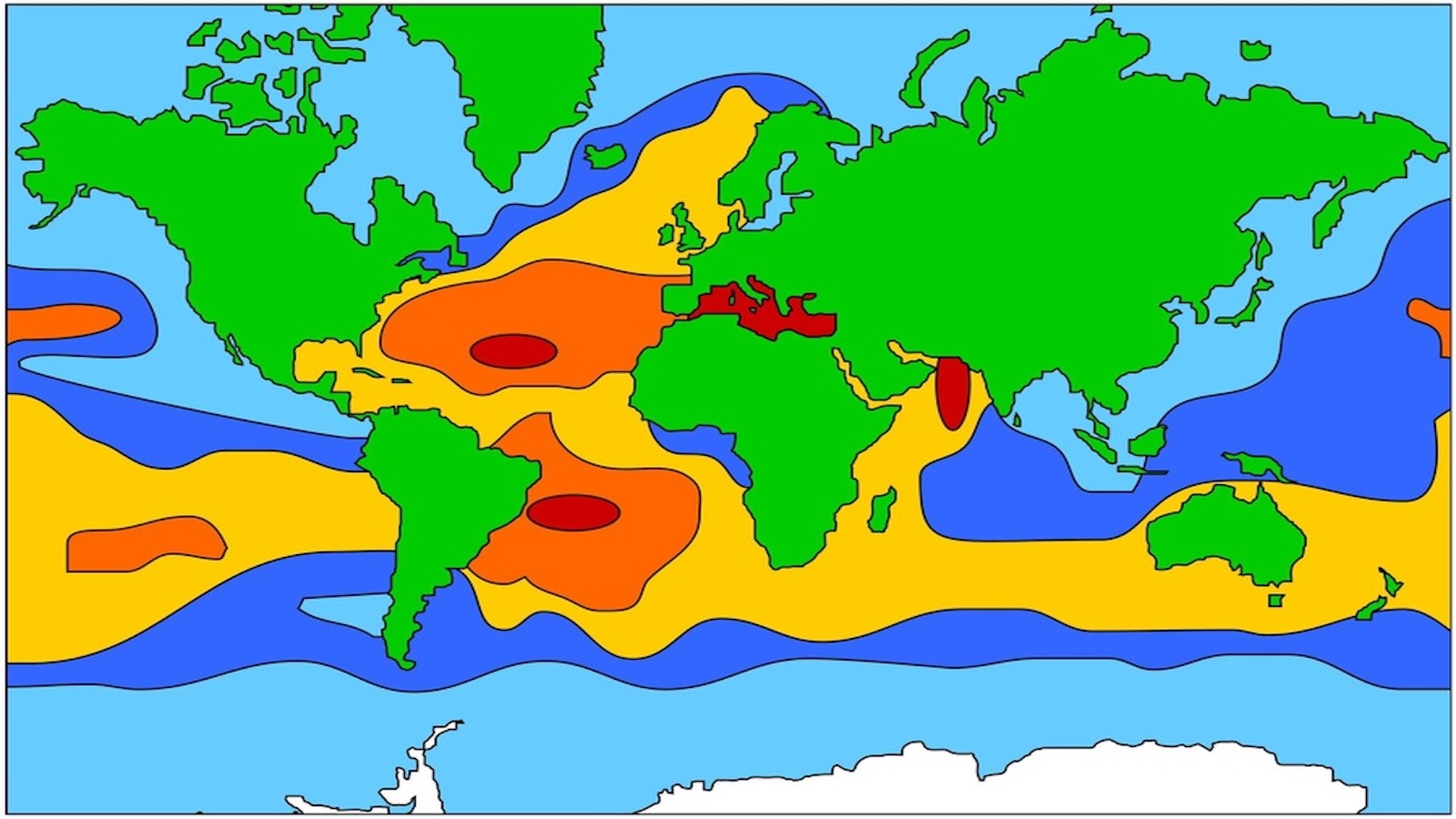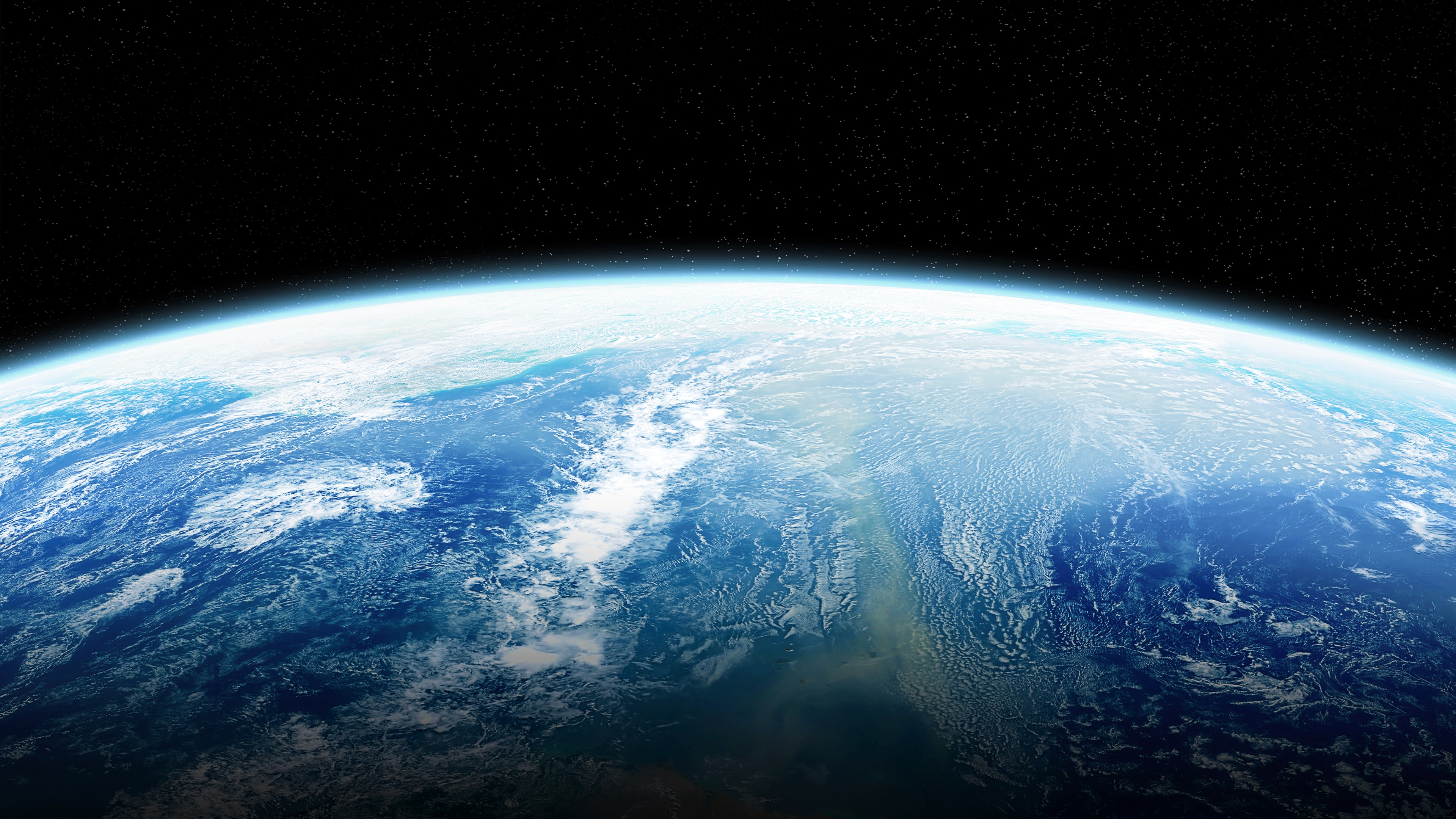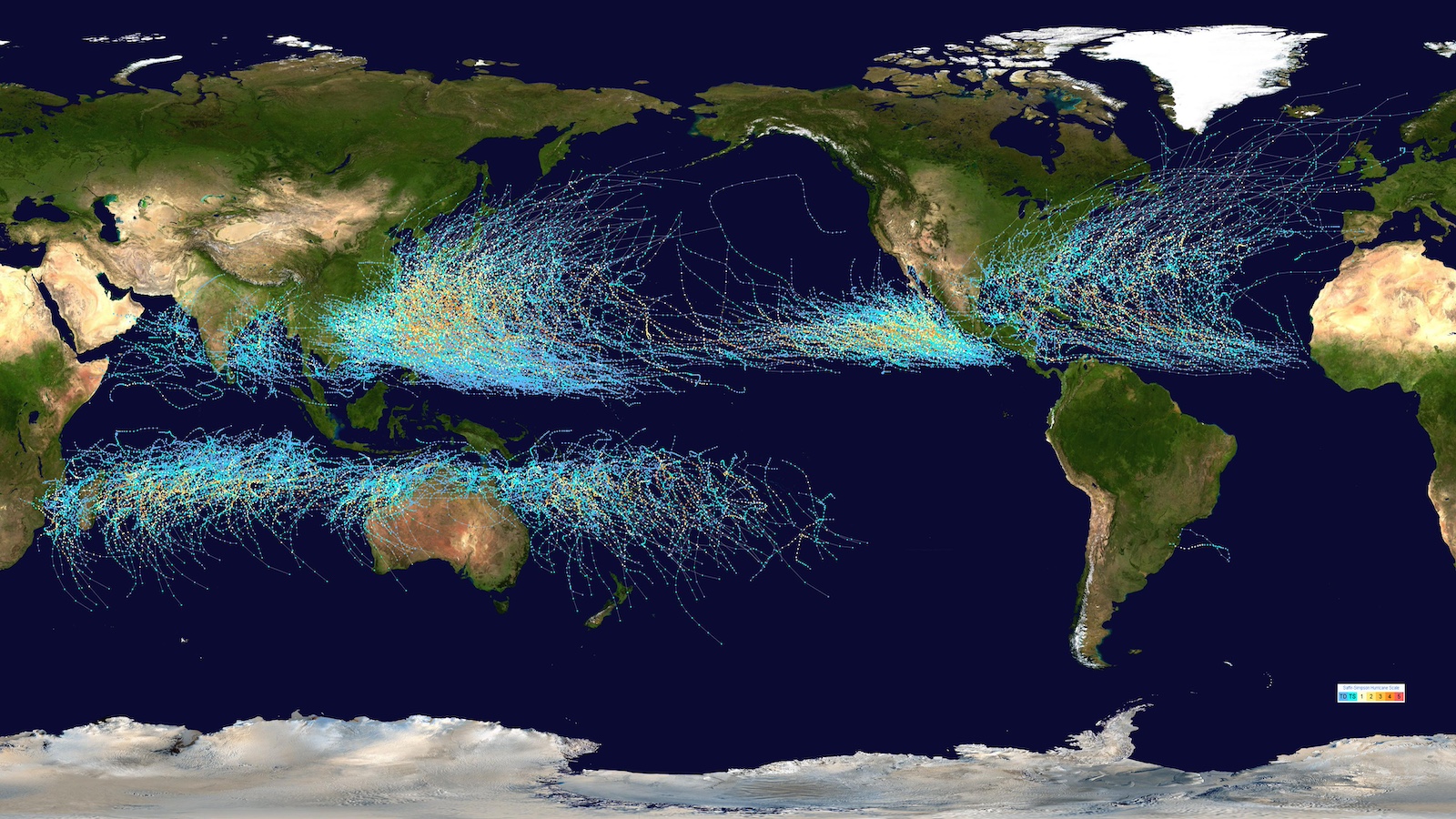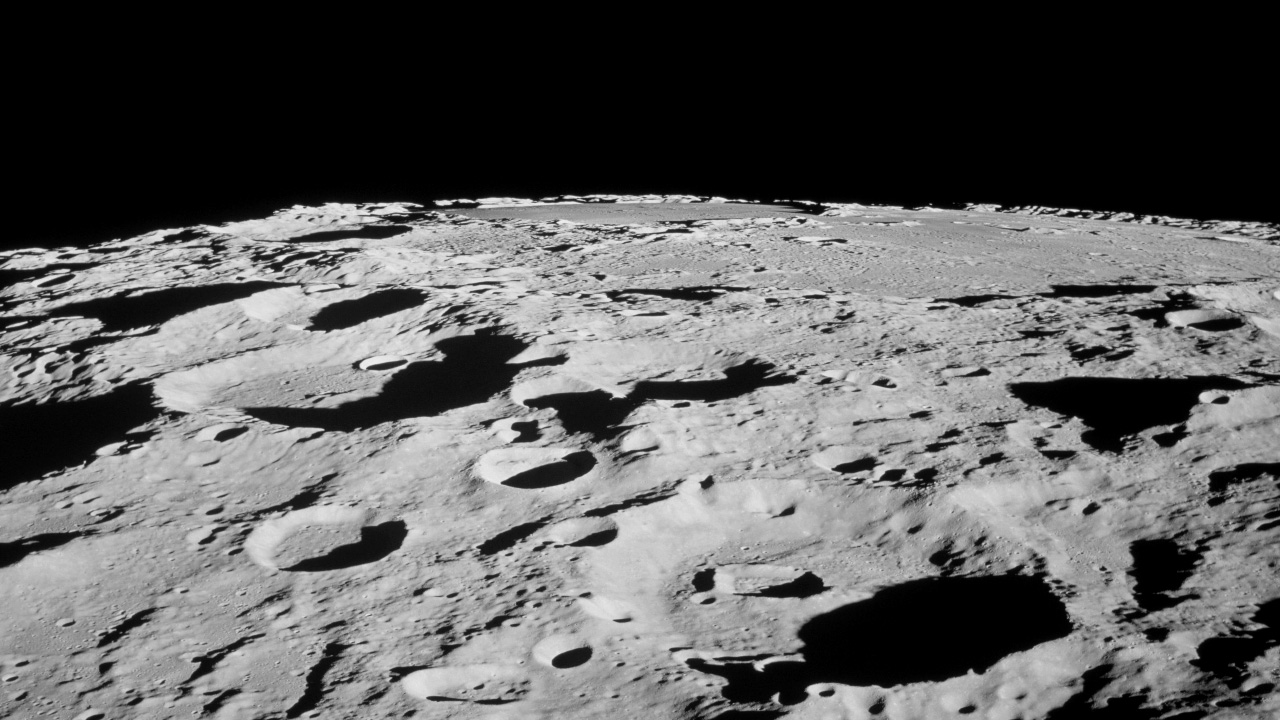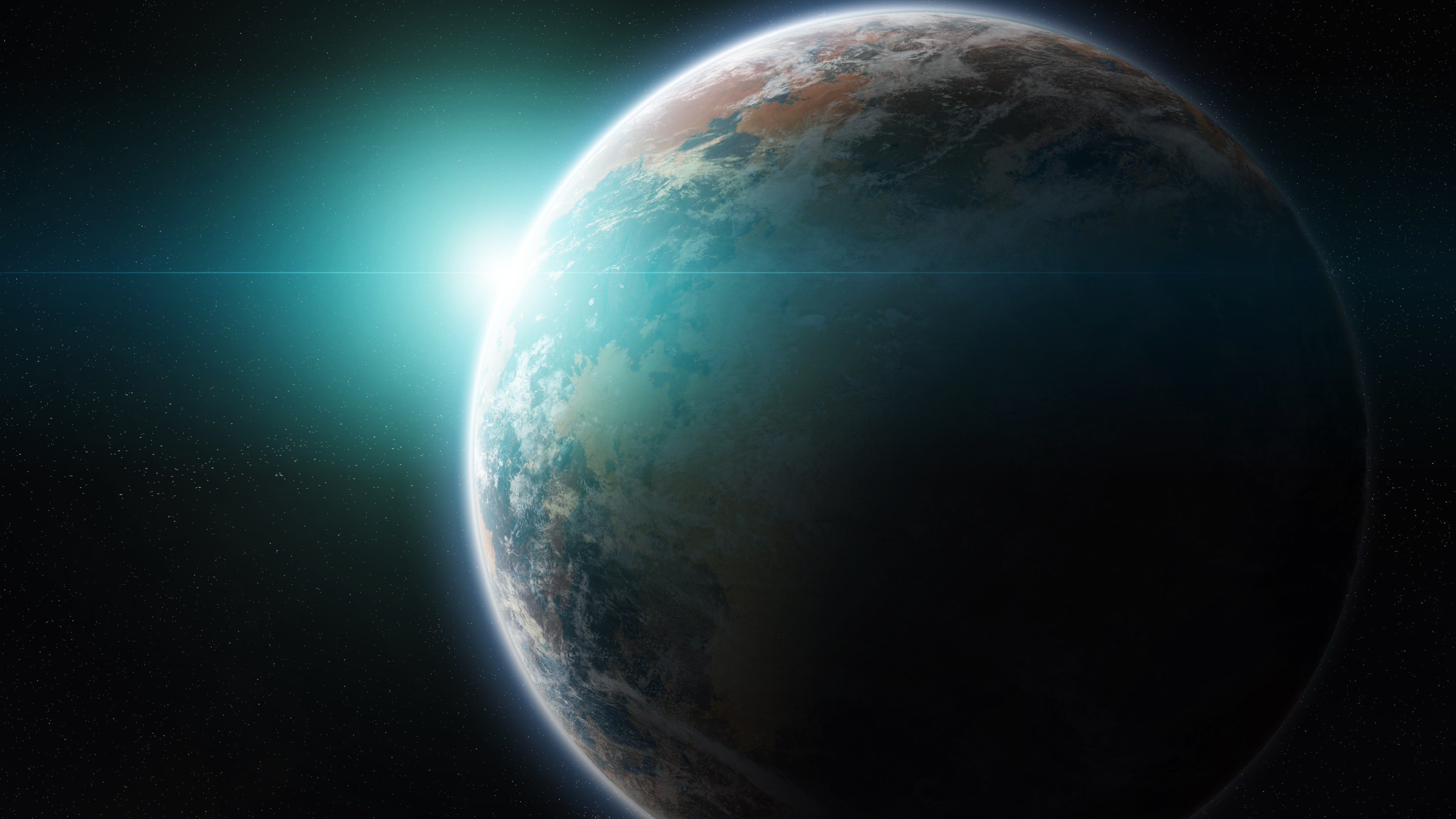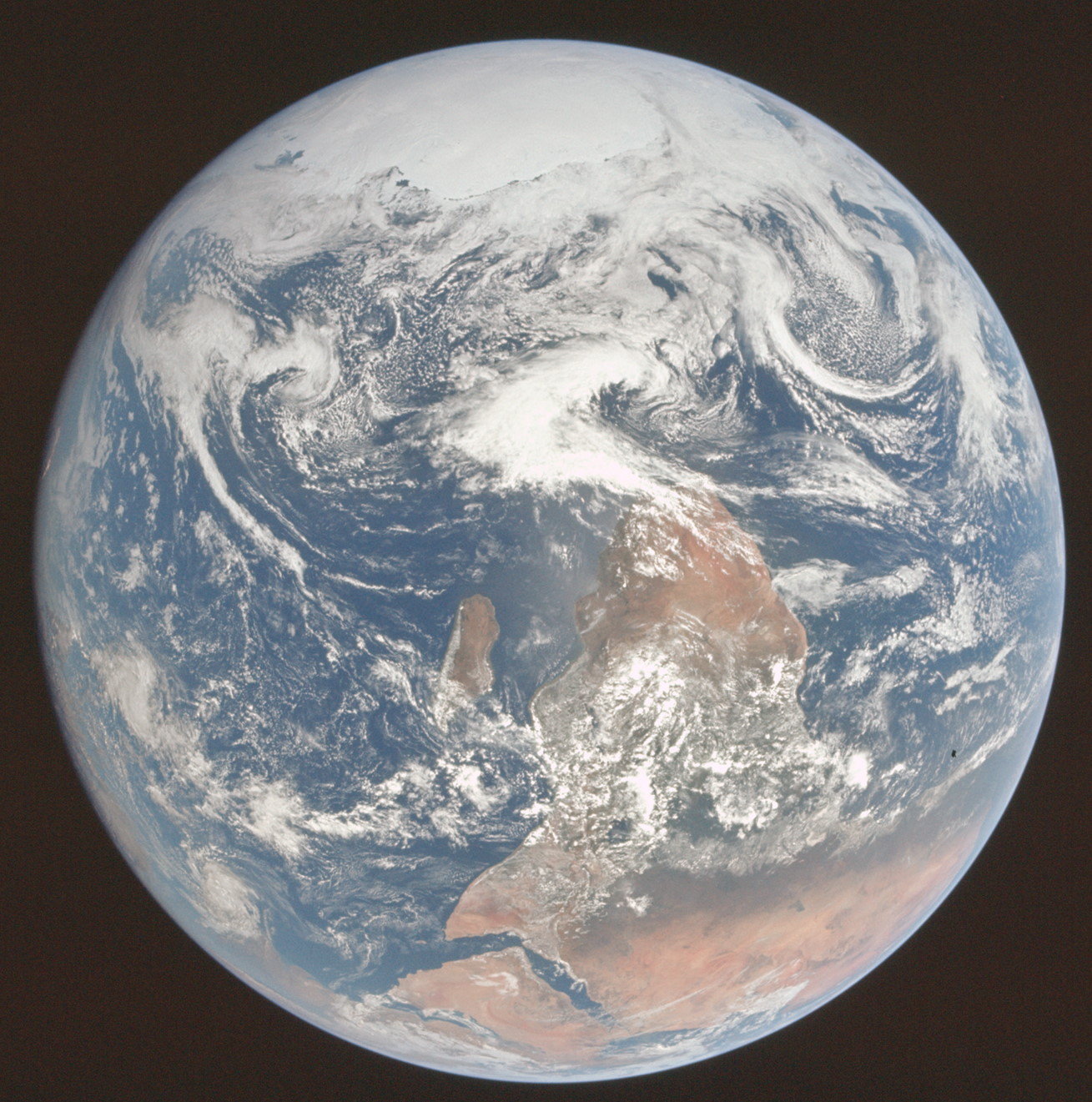earth science
About six million years ago, the Mediterranean was sealed off from the Atlantic, and over centuries it ran dry. One megaflood reversed that.
The African Union argues that the Mercator projection distorts the continent, both in size and global attention.
“Climate analog mapping” finds the place that is currently as warm as your city might be in 60 years.
Somewhere, at some point in the history of our Universe, life arose. We’re evidence of that here on Earth, but many big puzzles remain.
Even just by examining the Moon with the unaided eye, we can learn an incredible amount about the Moon, Earth, and more.
Welcome to The Nightcrawler — a weekly newsletter from Eric Markowitz covering tech, innovation, and long-term thinking.
In his new book, the popular science writer tells the story of how scientists discovered the “gaseous ocean” we all swim in — and the trillions of invisible life forms we share it with.
These books helped build the empirical case that life’s origins differ from those described in myths and legends.
“I want to change the way we think about the past altogether,” says Dr. Betül Kaçar, an astrobiologist who studies the origin of life.
The primary causes of global climate change are all due to human activity. Adding aerosols to our atmosphere only exacerbates the problem.
Life may have arisen far earlier — and more rapidly — than previously thought.
Life might be more common across the Universe than the “Hard Steps Model” suggests.
A deep dive into missing data and the limitations of disaster databases.
Great tidal ranges are relatively rare on a global scale — and can be very deadly to the unsuspecting foreshore walker.
Caption:“At this time in Mars’ history, we think CO2 is everywhere, in every nook and cranny, and water percolating through the rocks is full of CO2 too,” Joshua Murray says.
A scientist’s first-hand account shows the world can tackle a global environmental crisis.
Think twice before stepping on that crunchy top layer of soil.
The laws of physics aren’t changing. But the Earth’s conditions are different than what they used to be, and so are hurricanes as a result.
The salinity of the oceans is not just a matter of taste. Saltier water behaves differently, too.
You could call this rectangle covering parts of Iran, Iraq, and the Arabian Peninsula the “Oven Window.”
In the 1970s, James Lovelock proposed that the biosphere was not just green scruff quivering on Earth’s surface. Instead, it managed to take over the geospheres.
Thanks to the Coriolis force, hurricanes never cross the equator.
The Moon is the most likely place for evidence from the dawn of life on Earth to be preserved in cold storage.
Northern lights in the American South, clusters of huge geomagnetic storms—the Sun is throwing a tantrum right on schedule.
Ancient currents seemed to move in concert with a 2.4 million-year dance between the Red Planet and Earth.
This may be the largest helium reservoir in U.S. history.
“I hope we take a mindset where we are willing to look for weird life in weird places.”
Explore how the study of exoplanets is transforming our understanding of ocean formation.
Across the subterranean United States, not all rocks were created equally.
Although human beings arrived on Earth just ~300,000 years ago, we’ve transformed the entire planet completely. Here’s how we did it.
